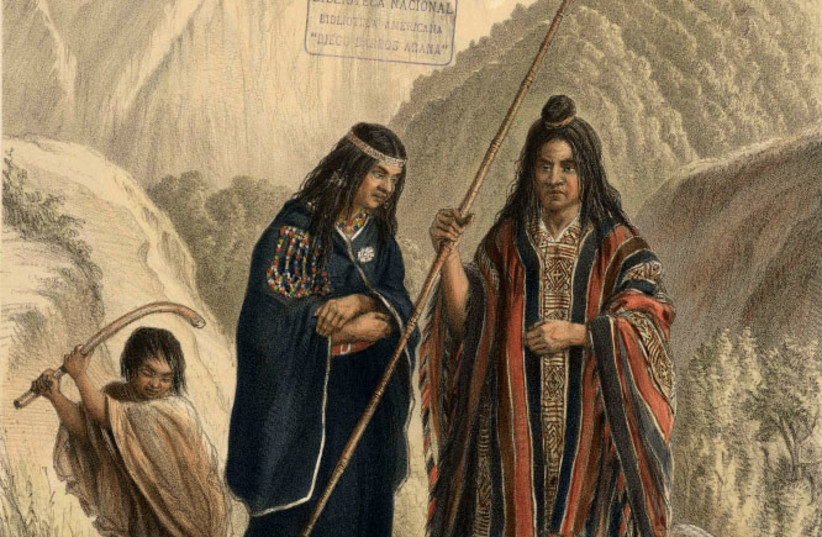The discovery of a nearly 1,000-year-old canoe in Patagonia in South America sheds light on the practice of water burials with canoes that symbolized a journey to the land of the dead and whether it predated the arrival of Spanish colonizers in South America, a new study suggests.
The findings were published in the peer-reviewed academic journal PLOS One.
Journeying to the destination of souls on a canoe
The Mapuche are a group of indigenous peoples that lived in South America in what are now the countries of Argentina and Chile.

This culture has a long history going back to pre-Columbian times and to this day still maintain their language, Mapudungun, and traditional religious beliefs. In particular among these beliefs is a funeral practice known as a canoe burial. The idea behind a canoe burial, which manifested in a few different ways throughout societies in the Americas, include having the dead bodies set adrift in a canoe, exposing them to the elements in a canoe and putting a dead body in a canoe and then sinking the canoe underwater, among other examples.
One other such example is burying the body in a canoe. In the case of the Mapuche, it represents the deceased's final journey, riding the canoe to the land of the dead known as Nomelafken, also known as the destination of souls, said to reside on the other side of the sea
These canoes are all carved from a single tree, hollowed out by fire, and are called wampos by the Mapuche.
The veracity of these burials in the Americas, including among the Mapuche, are not disputed. Their existence has been recounted by several records and accounts, and some groups still practice them in South America to this day.
What is debated, however, is how far back this practice goes.
Many scholars have suggested that the practice originated after Spanish colonization of South America. Others have argued that they took place much earlier, but this has been hard to prove, due in part to the fact that wood degrades so older evidence may be harder to come by.
The 1,000-year-old canoe burial
Archaeologists managed to excavate the Newen Antug site located in northern Patagonia. During this excavation, three examples of canoe burials were discovered that dated back to pre-Hispanic times.
However, this latest find is the oldest found thus far.
According to radiocarbon dating, this woman, who based on her pelvic bones and teeth was somewhere between 17 and 25 years of age when she died, was buried in a canoe anywhere from 850 to 1,000 years ago.
Of course, the canoe itself isn't in the grave. Rather, it had degraded away due to time, age and humidity. But there were still some fragments suggesting it came from the same tree and was hollowed with fire.
The Mapuche were known to have lived in the area for at least 1,500 years before this, so the fact that they had a burial here isn't unfeasible. However, what is interesting is that it's an early example of a canoe burial.
Also interesting is another discovery made at the site: A pottery grave offering.
The pottery in question is a jug featuring red patterns and white glaze. The researchers argued that it is likely part of the Red on White Bichrome tradition of pottery, which itself is pre-Hispanic. But if that was the case, then based on the radiocarbon dating, it is the oldest example of this type of pottery used as a grave offering.
